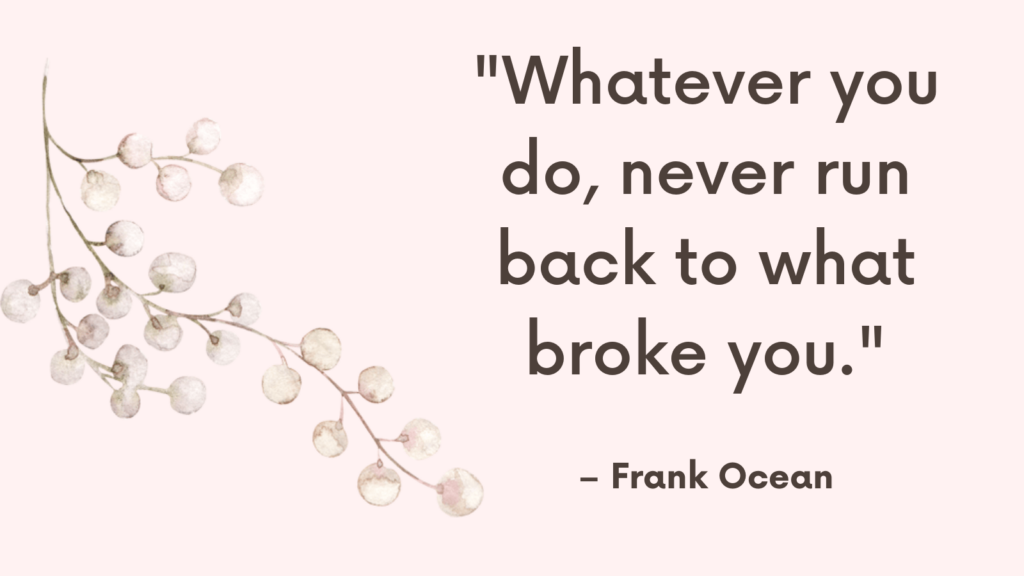Sexual predators often employ grooming techniques to gain the trust of their victims and those around them.
Understanding these techniques is crucial for preventing abuse and supporting those who may be at risk.
This blog post aims to provide an in-depth look at the grooming process, highlighting the signs and stages of grooming, and offering practical advice for recognizing and responding to these behaviors.
What is Grooming?
Grooming is a manipulative process by which a predator gains the trust of a potential victim and their community to facilitate abuse.
While often associated with child sexual abuse, grooming can happen to individuals of any age.
It involves various tactics designed to establish control and dependency, making it easier for the predator to exploit their victim.
The 7 Stages of Grooming
Grooming typically involves several stages, though not every situation follows the same pattern.
Understanding these stages can help identify and intervene in grooming behaviors before they escalate to abuse.
1. Identifying the Victim
Predators often choose their victims based on perceived vulnerability. This could be due to age, appearance, or social circumstances.
For instance, a child who appears lonely, has low self-esteem, or lacks strong parental supervision might be targeted.
Adults with certain vulnerabilities, such as those experiencing emotional distress or social isolation, can also be potential victims.
Example: A child new to a school who struggles to make friends might be targeted by a predator posing as a caring mentor.
Related: Best 5 Stockholm Syndrome & Trauma Bonding Books
2. Gaining Trust and Access
Gaining trust and access is often a subtle process.
Predators might offer help or support in seemingly benign ways, such as volunteering at a child’s school or offering assistance to a family in need.
The goal is to become a trusted figure within the victim’s environment.
Example: A neighbor offering to babysit for free, gradually becoming a regular and trusted presence in the child’s life.
3. Becoming Important to the Victim
In this stage, the predator becomes a significant figure in the victim’s life, often by fulfilling needs or desires that others might not be able to.
This could involve giving gifts, providing emotional support, or offering special privileges.
Example: An adult buying expensive gifts for a teenager or providing exclusive opportunities, such as trips or access to special events.
Related: Top 10 Signs Of Trauma Bonding & How To Heal A Trauma Bond
4. Isolating the Victim
Isolation is a critical tactic in grooming.
The predator creates situations where they can be alone with the victim, reducing the chances of detection and increasing the victim’s dependency on them.
Example: Offering private tutoring sessions or rides home, which allows the predator to be alone with the victim.
5. Creating Secrecy Around the Relationship
Predators often introduce secrecy into the relationship, convincing the victim that others won’t understand or will react negatively if they find out.
This secrecy helps to isolate the victim further and makes it harder for them to seek help.
Example: Telling the victim that their special bond must be kept secret to avoid jealousy or misunderstanding from others.
6. Sexualizing the Relationship
This stage involves gradually introducing sexual content or behavior into the relationship.
It often starts with seemingly innocent touches or comments and escalates over time.
The predator may use the victim’s natural curiosity about sex to normalize inappropriate behavior.
Example: Starting with hugs or sitting close and progressing to more overt sexual actions under the guise of education or exploration.
Related: 7 Stages Of Trauma Bonding (+FREE Worksheets)
7. Maintaining Control
Once abuse has begun, the predator uses various tactics to maintain control over the victim.
This can include threats, guilt, manipulation, and leveraging the secrecy and dependency established earlier.
Example: Threatening to harm the victim’s loved ones or revealing embarrassing information if they disclose the abuse.
What to Do if You Suspect Grooming
1. Trust Your Instincts: If something feels off, it’s important to trust your gut feeling and investigate further.
2. Talk to the Victim: Gently ask open-ended questions about their relationship with the person in question. Look for signs of discomfort or reluctance to talk.
3. Set Boundaries: Ensure clear boundaries are in place and enforced, especially in situations involving children.
4. Seek Support: If you suspect grooming, consult with a professional such as a therapist, social worker, or law enforcement officer. They can provide guidance on the next steps.
5. Educate: Educate yourself and others about the signs of grooming and how to respond. Awareness is a powerful tool in preventing abuse.
Related: Top 10 Trauma Bond Withdrawal Symptoms (+7 Tips on How to Relieve them)

Conclusion
Understanding the signs and stages of grooming is crucial for prevention and intervention.
By educating ourselves and others, we can create safer environments and support those who may be at risk.
Remember, if you suspect grooming, trust your instincts, seek support, and take action. And for those who have experienced grooming and abuse, know that healing is possible.
With the right support and resources, you can reclaim your life and move forward with strength and resilience.



